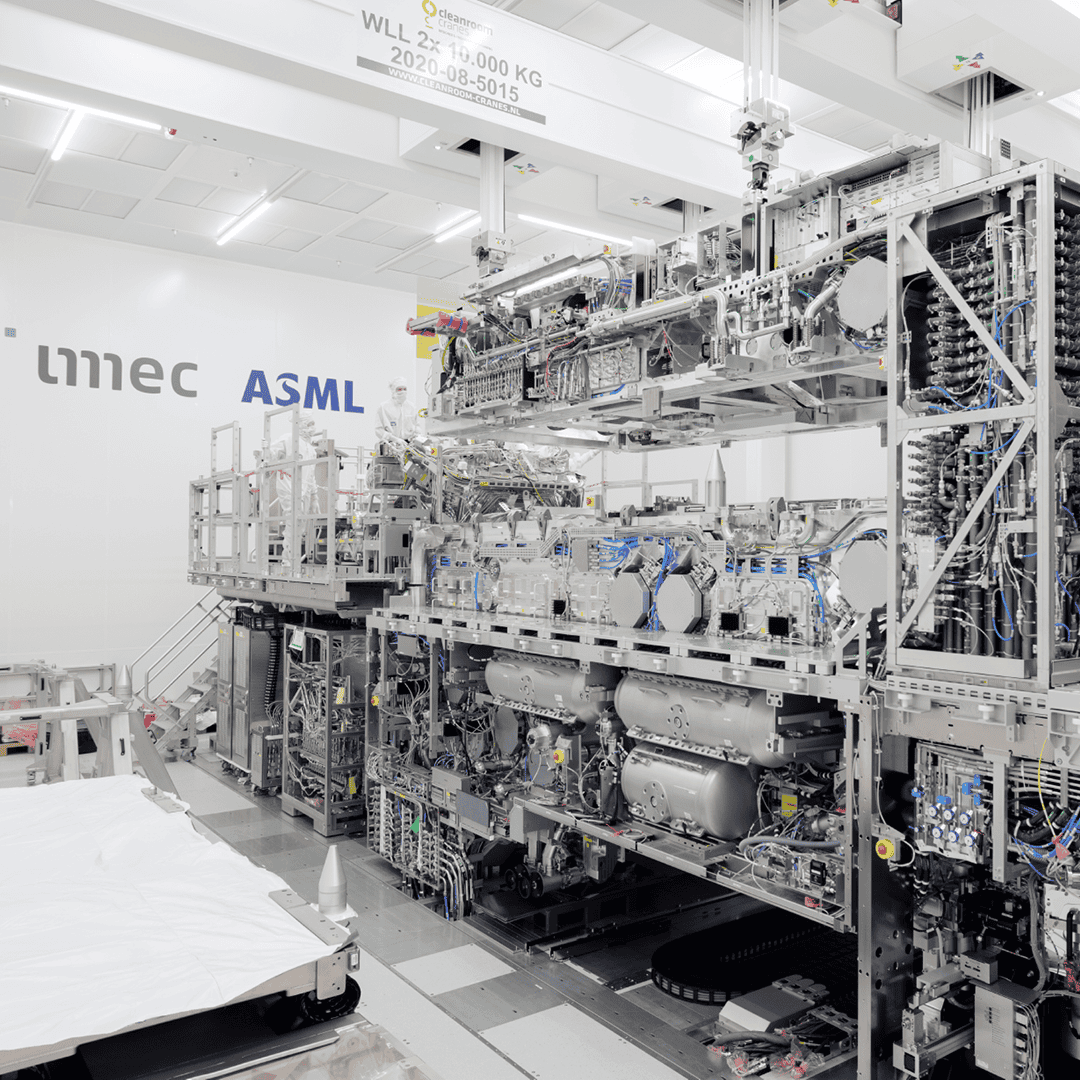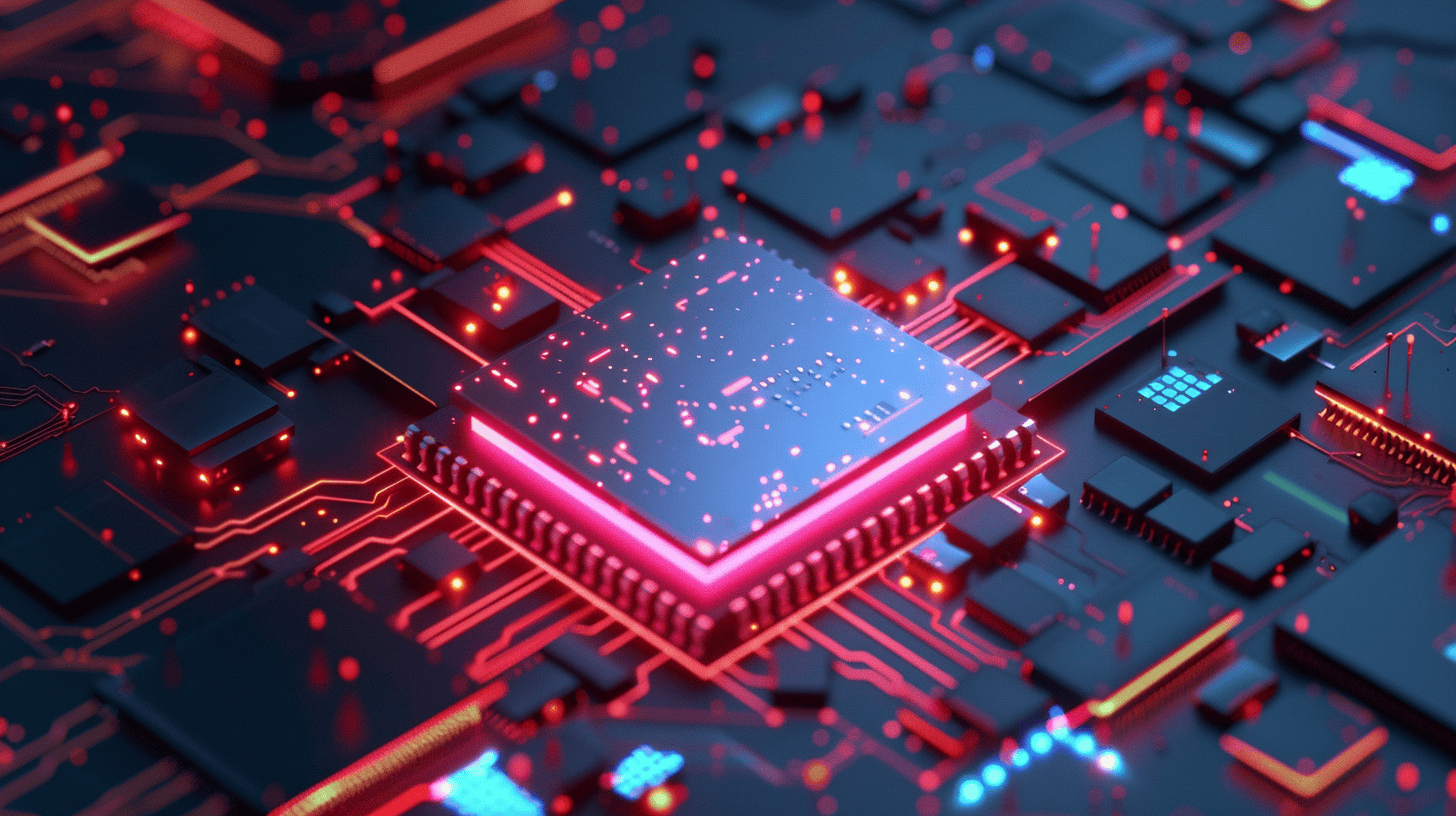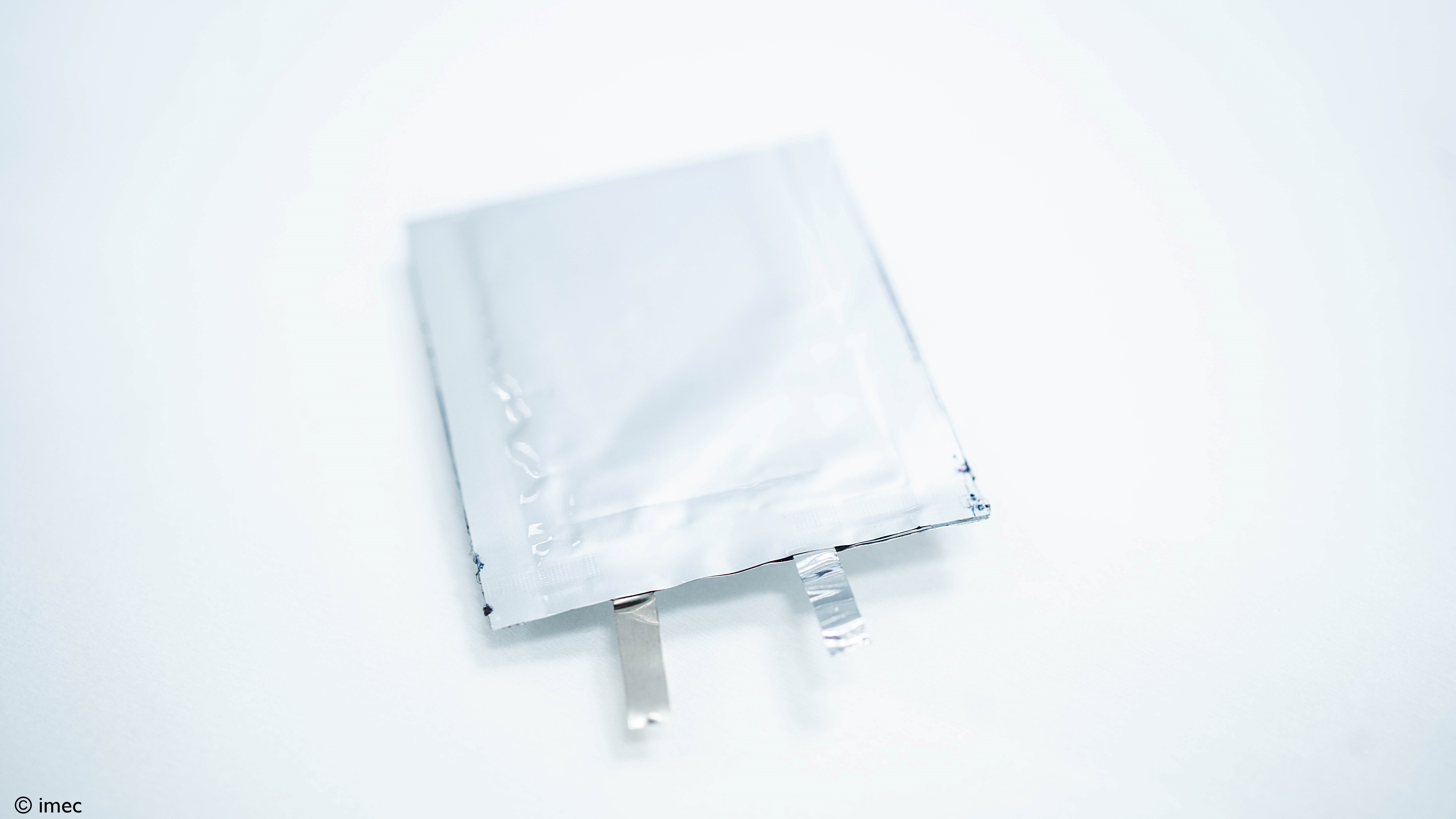
Scientists from KU Leuven and imec have successfully developed a new technique to isolate microchips. They use metal-organic grids, a new type of materials with structured pores at the nanoscale. In time, this method can contribute to the development of even smaller and more powerful chips that consume less energy. For further development, the research team receives an ‘ERC Proof of Concept grant’.
[learn_more caption=”ERC Proof of Concept grant 2019″] Out of 62 Proof of Concept grant-winners of the European Research Council (ERC), no less than 10 come from the Netherlands. Only the United Kingdom and Italy receive more grants, 10 and 9 respectively. Each researcher receives 150,000 euros to explore the innovative or commercial potential of his or her research results. In total, this second round of 2019 will involve a sum of 9.3 million euros. The budget for the ERC Proof of Concept grant 2019 will be awarded in three rounds and amounts to 25 million euros.[/learn_more]
Computer chips are getting smaller and smaller. It’s not a surprising development: Gordon Moore, one of the founders of chip manufacturer Intel, already predicted it in 1965. The law that carries his name states that the number of transistors on a chip, or integrated circuit, will double every year. The prognosis was later revised to 18 months, but the theory stands firm. Chips are getting smaller and smaller and their computing power is increasing. In 2019, a chip can contain more than one billion transistors. It is said that ASML, the chip machine builder from Veldhoven, has been – and will remain – responsible for the ‘proof’ of Moore’s Law for many years.

This constant reduction also poses a number of obstacles. The switches and wires are so tightly packed that more resistance is created and the chip uses more energy to send signals. In order for the chip to function properly, an insulating material is required that separates the wires and ensures that the electrical signals are not disturbed. On a nanometer scale, however, this is a difficult task.
Nanoporous crystals
A study led by KU Leuven professor Rob Ameloot (Department of Microbial and Molecular Systems) shows that a new technique can offer the solution. “As an insulator, we use Metal-Organic Frameworks (MOFs). These are materials that consist of metal ions and organic molecules. It forms a crystal that is porous but at the same time solid.”
A research team from KU Leuven and imec has successfully applied the MOF insulation to electronic material for the first time. They use an industrial method called vapour phase deposition, says postdoctoral researcher Mikhail Krishtab (Department of Microbial and Molecular Systems). “We first place an oxide layer on the surface, after which we let it react with vapour from the organic material. This reaction causes the material to expand and the nanoporous crystals to form.”
“The great advantage of this method is that it works bottom-up,” says Krishtab. “We first apply the oxide film, which then expands into a very porous MOF material. Compare it to a soufflé that expands in the oven and becomes very fluffy. The MOF material forms a porous structure and fills all the spaces between the conductors. This way we know that the insulation is complete and homogeneous. With other methods that work top-down, there can always be small gaps in the insulation.”
Powerful and energy-efficient
Rob Ameloot’s research group receives an ‘ERC Proof of Concept grant’ to further develop the technique, in collaboration with the team of Silvia Armini at imec in Leuven. “At imec, we have the expertise to develop solutions on silicon disks. So we can scale up technology from the lab to the manufacturer and thus pave the way for the realization of an industrially producible solution.”
“We have shown that the MOF material has the right properties”, continues Professor Ameloot. “Now we still need to refine the finish. The surface of the crystals is still irregular. In order to integrate the material into a chip, we need to level the surface.”
If the technique is perfect, it can contribute to powerful, small chips with less energy consumption. Ameloot: “Various AI applications require a great deal of processing power. Take, for example, autonomous driving and smart cities. Technology companies are constantly looking for new solutions that are both fast and energy-efficient. With our research, we can make an important contribution to a new generation of chips.”








